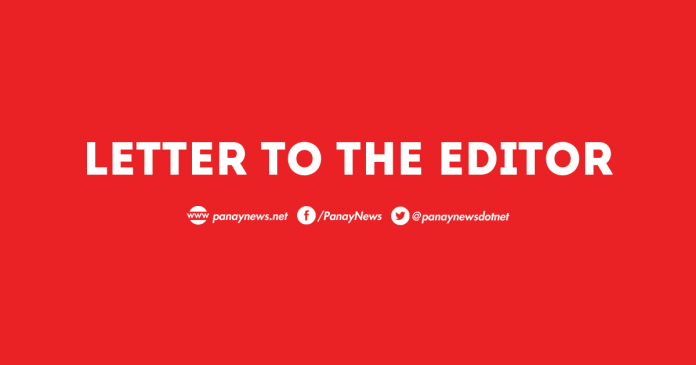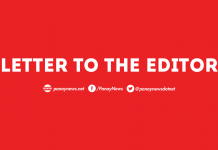
THOUGH there are only an estimated 132 Filipinos in Afghanistan, it is important to understand what is happening in that country amidst the dominant Western biased narrative in media outlets and the social media.
The Afghan struggle for national freedom dated back to 1747 when Ahmad Khan Abdali led the people in establishing their nation from the Persian empire. It was much earlier than the Philippine national liberation struggle against the Spanish colonizers in 1898.
Since then, the Afghan people fought off foreign invaders. Due to its strategic location (between Asia and Europe) and its rich rich natural resources, the country was coveted by world powers.
Afghanistan is rich in resources like copper, gold, oil, natural gas, uranium, bauxite, coal, iron ore, rare earths, lithium, chromium, lead, zinc, gemstones, talc, sulphur, travertine, gypsum and marble.
A former mines minister of the country once said that these resources could be worth up to $3 trillion.
An internal U.S Department of Defense memo in 2010 reportedly described Afghanistan as “the Saudi Arabia of lithium”, meaning it could be as crucial for global supply of the battery metal as the Middle Eastern country is for crude oil.
The British occupied the country in 1838-1842 and 1878-81, after its failed attempt at establishing a viable puppet governments.
In the two world wars, Afghanistan maintained its neutrality to avoid invasion of warring countries.
Shorn of her socialist pretensions, the expansionist Russians occupied Afghanistan in 1979-1989. Resistance to Russian occupation galvanized the opposition of Afghan patriots. From the ranks of the resistance, rose the Taliban (literally “students”) mujahiddens advocating an anachronistic theocracy.
In the midst of the “cold war”, the US supported, funded, armed and trained Taliban mujahiddens that eventually forced the Russians to withdraw from Afghanistan in 1979. The Talibans prevailed over other Afghan rebels and established its dominance over the government.
The US justified its invasion of Afghanistan in 2001 after the Al-qaida 9/11 attacks in the US. Together with the British and other allies, they occupied Afghanistan. Officially, the war ended in 2014, but the US stayed on until the withdrawal of its troops slated on the anniversary of the 9/11 attacks this year.
A cache of classified documents relating to the Afghanistan War was published online by the whistle-blowing journalistic organization WikiLeaks and pre-released to several newspapers, including The New York Times, Der Spiegel, and The Guardian.
The information was mainly in the form of raw intelligence gathered between 2004 and 2009, and WikiLeaks cumulatively termed it the “Afghan War Diary.” It detailed previously unreported civilian deaths, indicated that a U.S. special forces unit was tasked with capturing or killing the persons on a list of insurgent leaders, revealed that the Taliban had employed heat-seeking missiles against aircraft, and suggested that the Pakistani intelligence service had been working with Taliban forces in spite of substantial U.S. aid to Pakistan for its assistance in combating militants.
The US-Afghan war is considered by observers as the longest US War, comparable to its war in Vietnam in 1955 – 1975.
As in Vietnam, the US funded, armed and trained a corrupt puppet local Afghan government which caved in after American troops withdrew from the country.
With the Talibans in control of the government, and with the decline of US influence, the new ruling elite of the Afghanistan most likely will gravitate towards the Chinese and Russian neocolonialists.
A consortium of Metallurgical Corp of China (MCC) and Jiangxi Copper took on a 30-year lease for the largest copper project in the country, Mes Aynak, in 2008.
This giant asset is still to be developed but the 11.08 million tonnes of copper MCC estimates it to hold would be worth over $100 billion at current London Metal Exchange prices .
The struggle of the Afghan people will continue against the new feudal big business elite and their imperialist masters. – SIEGFRED D. DEDURO, Iloilo City

